Fitness
OSU’s Tactical Fitness and Nutrition Lab provides vital wellness resources for nation’s first responders – Oklahoma State University

Friday, September 13, 2024
Media Contact:
Mack Burke | Associate Director of Media Relations | 405-744-5540 | editor@okstate.edu
Firefighters, law enforcement officials, military personnel and emergency medical
workers are the first responders in emergencies, risking their lives daily to save
others and provide critical aid.
These tactical athletes are thrust into life-threatening situations at a moment’s
notice to ensure people’s security and safety, which can put them at risk of unique
health problems and even premature death.
Often, first responders’ health and fitness are overlooked, and the resources to make
changes are limited.
In 2019, Oklahoma State University took a step to optimize health, fitness and performance
for these populations by establishing the Tactical Fitness and Nutrition Lab.
Co-directors Dr. Jay Dawes, professor of applied exercise science, and Dr. Jill Joyce,
associate professor of nutritional sciences, created the lab to help tactical athletes
perform their jobs safely and efficiently during their careers and retire healthy.
Together, Joyce and Dawes are exploring opportunities to work with OSU’s Human Performance
and Nutrition Research Institution to accelerate the land-grant mission and fuel the
work they are already doing with tactical athletes.
“There’s this awesome culture on campus when it comes to research. People often get
very competitive, and it’s cutthroat. That is not the culture here,” Joyce said. “We
are very supportive, and I think HPNRI fits in beautifully with that. I expect them
to continue helping make connections.”
The lab collaborates with an organization to evaluate their fitness and nutrition.
OSU then provides strategies to guide personnel toward a healthier path.
Forty-five percent of firefighter on-the-job deaths are from heart attacks, not fire,
Joyce said.
As firefighters rush to the scene, their hearts race and blood pressure spikes. The
combined stress of the urgent task, along with personal factors such as fitness level,
hydration and nutritional status can increase strain on their heart.
Despite these demands, a healthy firefighter’s body can handle the pressure, minimizing
the risk of major health issues or death.
“Research on big groups of national firefighter deaths found that none occurred in
healthy individuals,” Joyce said. “They all occurred in people who had underlying
heart disease, high blood pressure, which could be because of the job, but also factors
like high cholesterol, obesity. Nutrition, followed by physical activity are the leading
risk factors for those. I would say the job pulls the trigger, but lifestyle loads
the gun.”
Joyce collaborates with first responders and their families on nutrition. Common practices
for the general public often don’t work for tactical athletes, making it challenging
to meet their nutritional needs.
“If somebody eats out too much, and they’re not eating healthy food when they eat
out, my students always suggest they should pack their lunches, but when you work
in a car for 10 hours a day with no fridge, freezer or microwave — it’s a curveball,”
Joyce said.
There’s this awesome culture on campus when it comes to research. People often get
very competitive, and it’s cutthroat. That is not the culture here. We are very supportive,
and I think HPNRI fits in beautifully with that. I expect them to continue helping
make connections.
— Dr. Jill Joyce, associate professor of nutritional sciences
Brittany Wheeler, Colorado State Patrol wellness and fitness coordinator, learned
that officers want more nutrition material, which prompted her to connect with Joyce.
“This whole concept of making wellness more important in our agency is probably like
six, seven years old now, but it takes forever to change culture,” Wheeler said. “She
helped me dial down the material to the specifics, like learning how to read a nutrition
label.”
As an instructor at the academy, Wheeler has 23 weeks to work with cadets teaching
them the basics of nutrition and wellness.
Outside the academy, Wheeler provides officers with resources such as Joyce’s nutrition
classes and a handout showing how to eat healthily at a restaurant.
“That was huge just to start that conversation,” Wheeler said. “We can’t always bring
our food. We’ll have 14-hour shifts, where you have to go to a gas station, or you’ll
have to stop for fast food, but to create that awareness piece is great.”
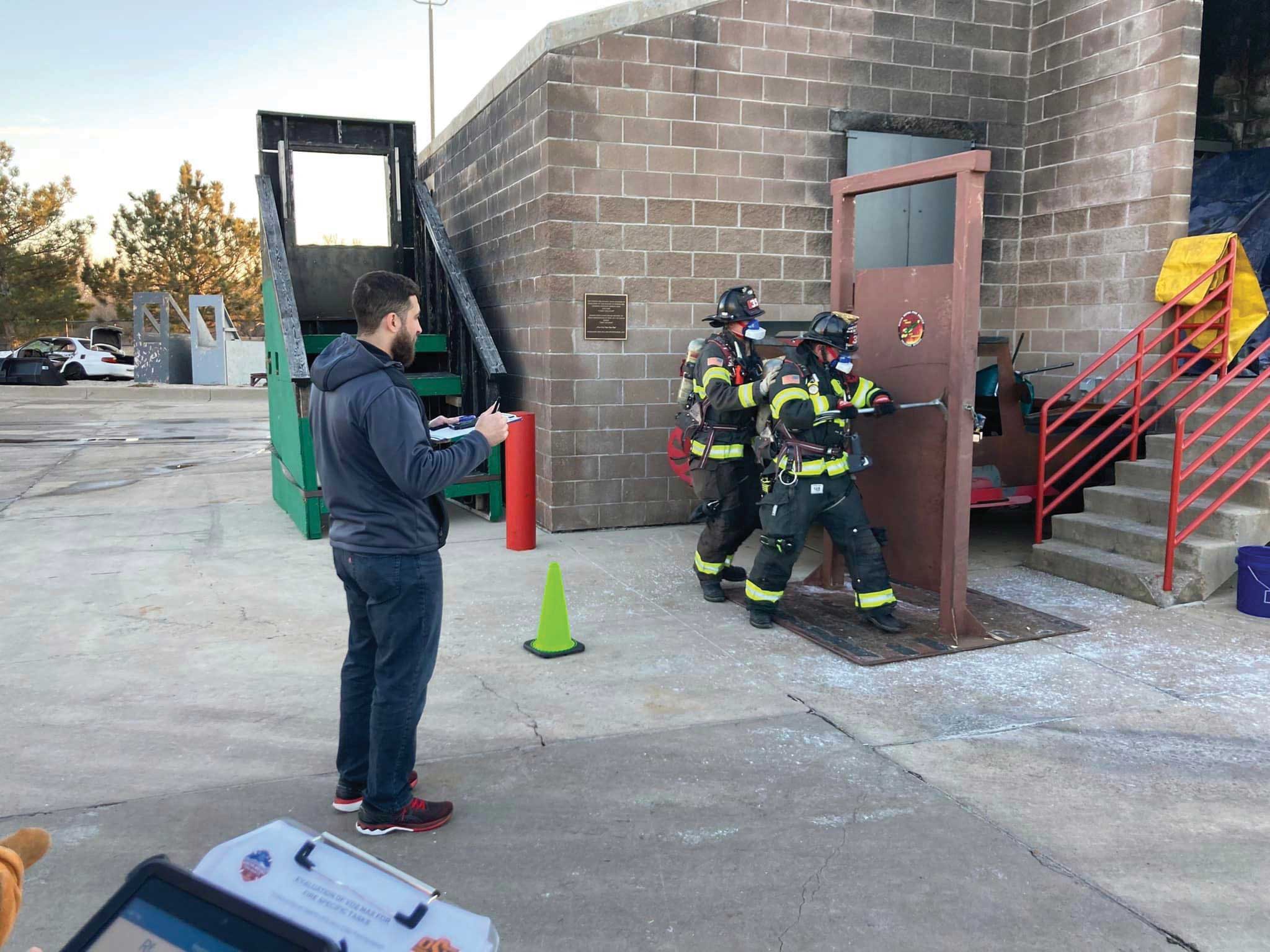
power, speed and agility, except they perform on a moment’s notice with occupational
loads and wear personal protective equipment.
It’s challenging to find tactical athlete specific resources in a world where new
health trends emerge every day. Wheeler said having access to Joyce and Dawes is important
to ensure the information she shares is accurate.
“It’s just one of those things that you’ve got to start somewhere,” Wheeler said. “… You have to meet people where they are. They have to start changing, changing
the culture, and creating those conversations and just start super simple.”
Typically, unhealthy snacks or baked goods are found on fire station countertops that
firefighters picked up at the store or were delivered by the community, Joyce said.
Often those foods are leading to health issues.
“Usually, the food environment is set up to destroy them,” Joyce said. “That’s not
going to fuel performance or health. We are looking at department-level changes. Should
we have a policy that says no junk food on the counters? Should I put out a PSA that
says bring fruit baskets and veggie trays? We’re trying to set up systems so that
they have knowledge and skills, but also the environments, the cultures, the people
that allow them to do that.”
As part of dietary assessments, Joyce provides nutrition report cards with color codes
and letter grades to highlight areas of concern and how to improve. Then, they teach
them how to set up their home food environment to support instead of sabotage them
and how to eat healthy while dining out.
“I can teach firefighters all day long how to eat healthy, and that gives them knowledge
and maybe even skill, but if the environment isn’t set up to let them use that knowledge
and skill, then they can’t use it,” Joyce said. “I need to figure out what’s going
on beyond them, to get them to be able to do that.
“We create interventions that departments can put their people through, that will
address knowledge and skill and readiness of the group, so they’re all more supportive
and ready to do this, and then we’ll work with departments to alter the food environment.”
Kim Wiesmann, public health specialist for the Indianapolis Fire Department, evaluates
firefighters’ health and safety issues and identifies interventions to mitigate or
prevent them.
“We’re always trying to reduce our overweight and obese firefighters,” Wiesmann said.
“We’re trying to reduce cholesterol, blood pressure and metabolic syndrome, and so
one of the big areas that we feel that we can do that is through nutrition.”
The resources Dawes and Joyce supply aren’t one size fits all. In fact, they give
detailed assistance in specific areas.
“I can take a look at our data, see where we’re having issues, and then utilize Jay
or Jill as a resource to help us, then focus on what we really need to do that could
maybe help with that issue,” Wiesmann said.
Currently, in the IFD recruit school, recruits are taught how to cook healthy meals
in the station and meal prep dishes to better prepare them to be healthy on the job.
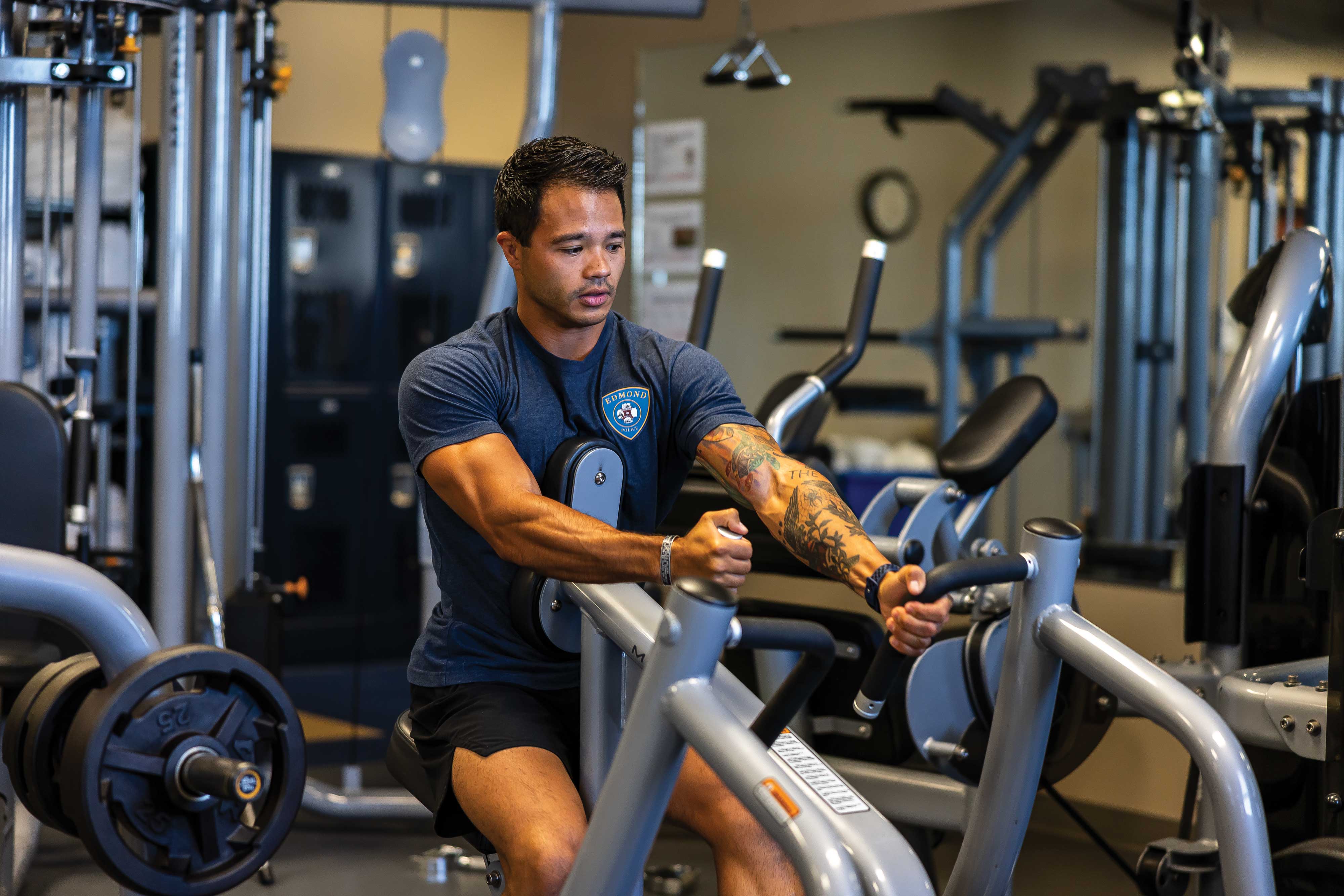
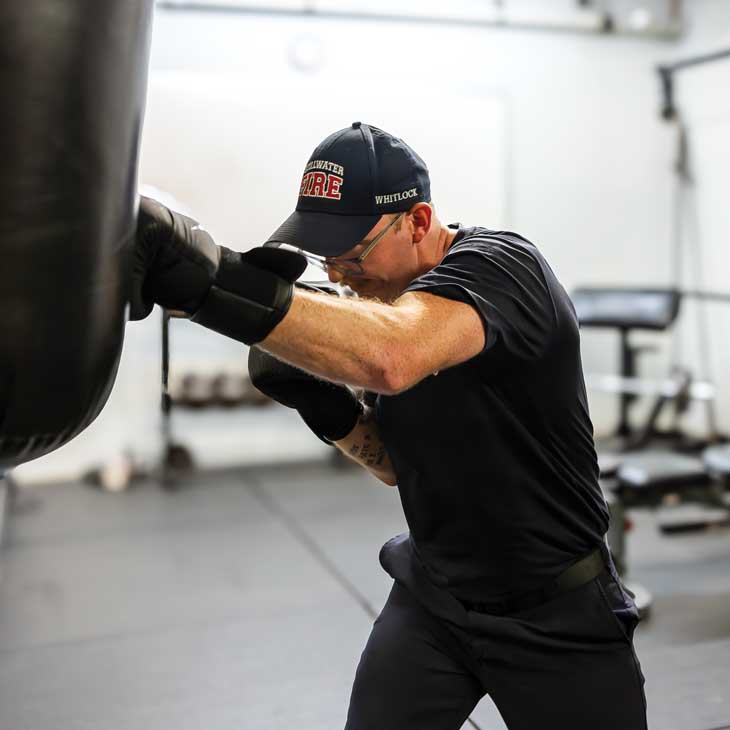
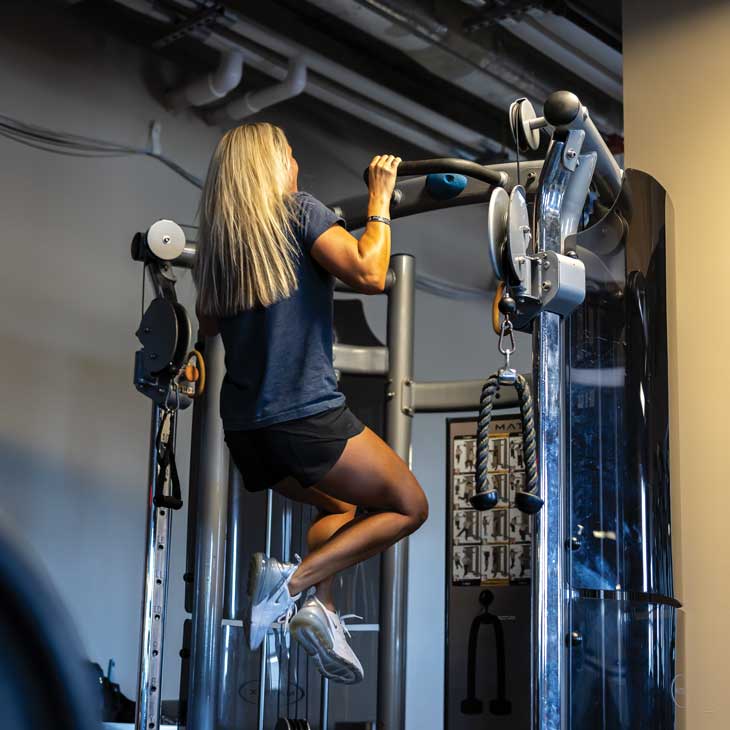
OSU then provides strategies to guide personnel toward a healthier path.
As a government agency, resources can be limited when trying to implement evidence-based
practices and it can be hard to find individuals who are willing to help.
“I’m just so grateful for Jill and Jay because they are so willing to offer up advice
and resources when I can’t always give them something back,” Wiesmann said.
Tactical athlete requirements are like professional athletes as far as strength and
power, speed and agility, except they perform on a moment’s notice with occupational
loads and wear personal protective equipment — which, combined with shift work and
unhealthy lifestyles, puts stress on the body.
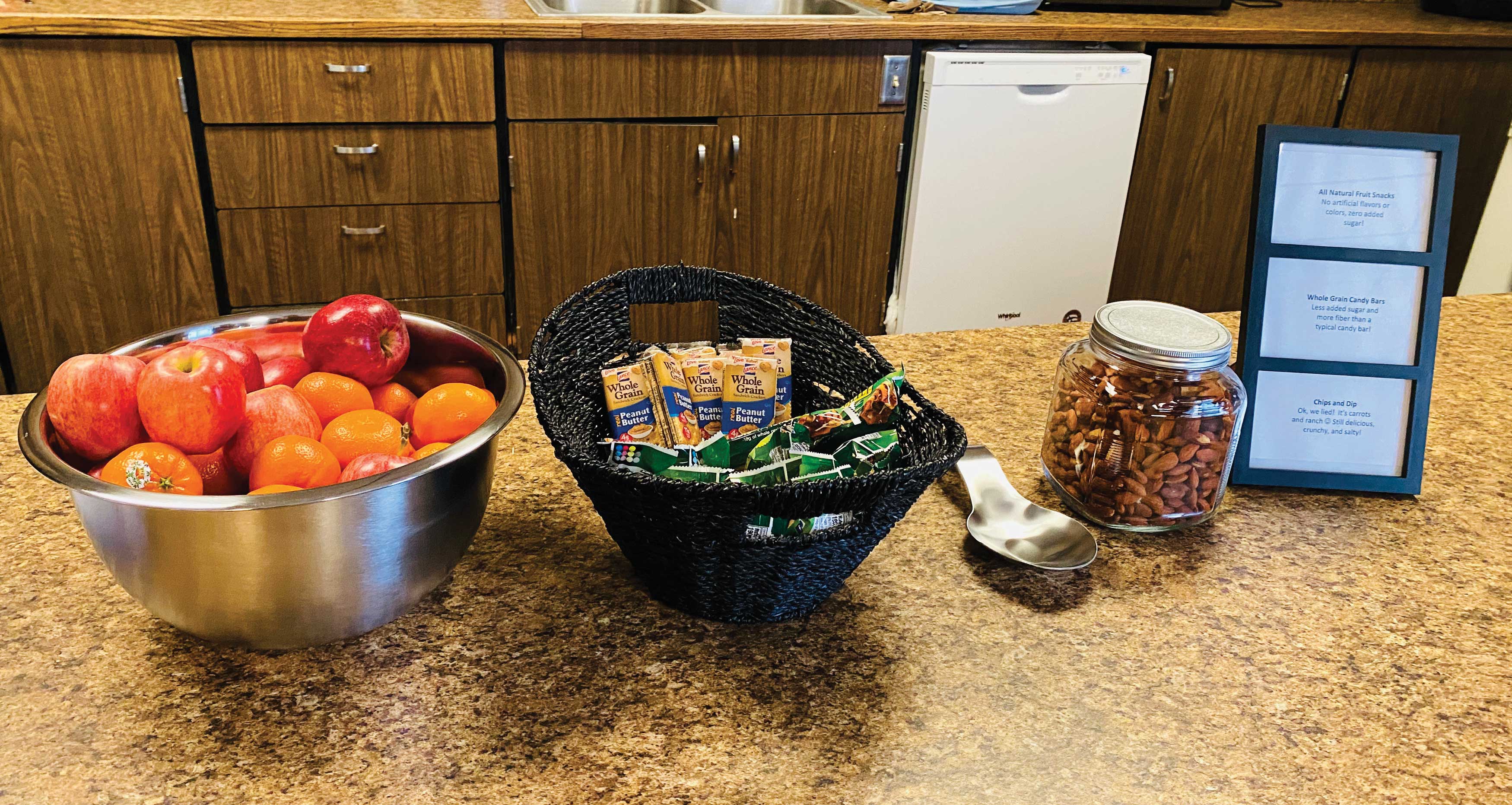
Joyce is teaching them how to set up their food environment to support eating healthy.
On the physical fitness side, Dawes conducts research on topics ranging from public
health to high-level performance to help first responders efficiently perform throughout
their careers.
“We look at what fitness standards will help best predict job suitability, health
status and fitness status,” Dawes said. “We also look at different types of practices
within the profession to see if they are the most efficient ways of going about performing
certain job tasks.”
Exemplifying OSU’s land-grant mission, the lab is a mobile unit where the testing
and assessment equipment is easily transported into a community to meet the needs
of tactical athletes to help combat the challenges they face in their jobs and everyday
lives.
“We’ve done physical assessments, provided some sample training programs and individualized
wellness programs. We work with their lead wellness team member to implement different
strategies to help them continue to be more fit, and we really introduce that health
and wellness lifestyle within the organization to help transition the culture to one
that’s more health and wellness oriented,” Dawes said.
Along with the Warriors Rest Foundation, the lab is working with the Edmond Police
Department to set up an in-house wellness program.
“In a lot of cases, what we have to do is undo what the job does to them,” Dawes said.
“At the end of the day, they’re not playing for trophies and medals. It’s about life
and death, public safety and national security. At the end of the day, they’re trying
to preserve safety and lives.”
Following a nationwide push for holistic wellness programs in law enforcement, the
EPD started a wellness program.
Stephanie Williams recently became the full-time wellness coordinator, but her work
with EPD began in a smaller capacity in 2022 as she provided counseling services following
the department’s first line of duty death.
Through that experience, Williams sparked conversations surrounding mental health
and self-care and learned the officers were interested in their health.
“One of the things people were really interested in is physical fitness and nutrition,
because it is different for law enforcement officers than it is for me or the general public, because of their shift work and the high cortisol levels,” Williams
said.
Through the partnership with the lab, Dawes performs assessments and then creates
strategic workouts for the officers that Williams can post around the gym for optimal
performance.
“The difference between his type of workouts and what other people do is he’s able
to put in both strength and flexibility exercises, because if you get called out in
the middle of your workout, you’ve got to go. He wants to make sure there’s not going
to be any injuries,” Williams said.
You have to meet people where they are. They have to start changing, changing the
culture, and creating those conversations and just start super simple.
— Brittany Wheeler, Colorado State Patrol wellness and fitness coordinator
Williams said many times officers don’t know where to start because their body is
in a different condition than when they left the academy. So, EPD hosts social functions
to encourage officers and their families to start their physical fitness journey which
also helps strengthen their mental health.
“What we know about wellness is that wellness works within police departments, wellness
works when we include the family,” Williams said.
Williams has worked with first responders for 20 years and has seen how those that
lack fitness or nutrition struggle with sleep, clear thinking and mental health issues.
People in these careers also tend to retire earlier than those in other career fields,
but they typically live just five to seven years after retirement.
And while EPD is still new to the lab, Williams is already seeing changes in how officers
reach out to Dawes about tiny injuries instead of pushing through the pain. Her goal
is for everything to come together to help people feel better physically and mentally
on the job and in retirement.
“What this partnership is offering is so amazing,” Williams said. “It has a ripple
effect, not just within our law enforcement officers or our first responders and their
families, but also, that ripple effect goes to the community. These officers are dealing
with people on their hardest days, and so when they’re taken care of, their family
life is better, but I think our communities are better too.”
Photos by: Gary Lawson, Ellie Piper and Provided
Story by: Sydney Trainor | STATE Magazine









